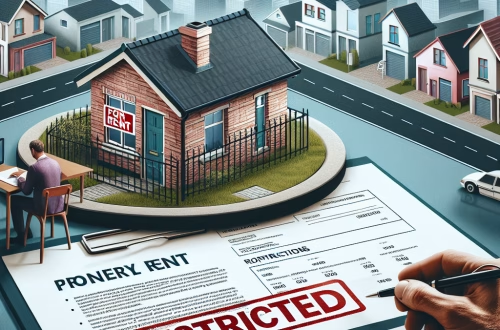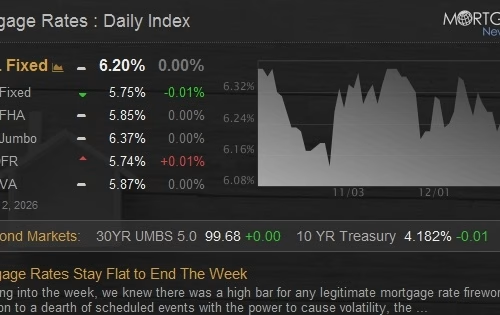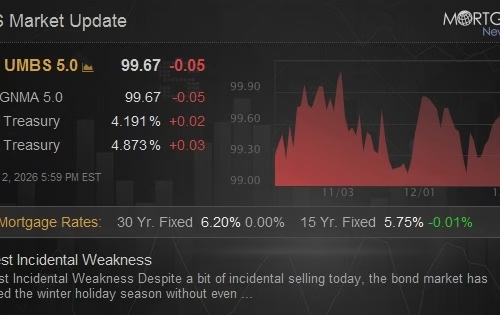Summary:
Private Mortgage Insurance (PMI) is a common requirement for homebuyers who put down less than 20% on a home purchase. While it protects lenders, it adds an extra cost to your monthly mortgage payment. Understanding how to remove PMI can save you hundreds of dollars annually and improve your financial flexibility. This article is essential for aspiring homeowners, business owners, and investors who want to reduce their mortgage expenses and build equity faster. By learning the steps and requirements to eliminate PMI, you can avoid unnecessary costs and make smarter financial decisions.
What This Means for You:
- You can save money by removing PMI once you’ve built sufficient equity in your home.
- Understanding the process helps you take proactive steps to meet lender requirements.
- Removing PMI can free up funds for other investments or financial goals.
- Failing to remove PMI when eligible could result in unnecessary long-term expenses.
How Can I Remove Private Mortgage Insurance (PMI)?:
”How Can I Remove Private Mortgage Insurance (PMI)?” Explained:
Private Mortgage Insurance (PMI) is a type of insurance that lenders require when a borrower makes a down payment of less than 20% of the home’s purchase price. It protects the lender in case the borrower defaults on the loan. PMI is typically added to the monthly mortgage payment and can range from 0.5% to 1.5% of the loan amount annually. The good news is that PMI is not permanent. Once you’ve built enough equity in your home—usually by paying down the loan balance to 78% of the home’s original value—you can request to have it removed.
Removing PMI is a critical step in reducing your monthly expenses and increasing your financial freedom. It’s especially important for first-time homebuyers and investors who may have started with a smaller down payment. By understanding the rules and requirements, you can take control of your mortgage and save money over the life of your loan.
“How Can I Remove Private Mortgage Insurance (PMI)?” Types:
There are different types of mortgages that may require PMI, including conventional loans, FHA loans, and USDA loans. Conventional loans are the most common, and PMI can be removed once the loan-to-value (LTV) ratio reaches 78%. FHA loans, on the other hand, require Mortgage Insurance Premiums (MIP) for the life of the loan if the down payment is less than 10%. USDA loans also have their own insurance requirements, which are typically included in the monthly payment.
Each type of loan has its own rules for removing PMI or its equivalent. For example, with a conventional loan, you can request PMI removal once you’ve reached 20% equity, even if the loan hasn’t yet reached the 78% threshold. However, with FHA loans, refinancing into a conventional loan may be the only way to eliminate MIP. Understanding these differences is crucial for determining the best strategy to remove PMI based on your loan type.
Requirements of “How Can I Remove Private Mortgage Insurance (PMI)?”:
To remove PMI, you must meet specific criteria set by your lender. For conventional loans, this typically includes reaching a loan-to-value ratio of 80% or lower, either through paying down the principal or through an increase in the home’s value. You’ll also need to have a good payment history, with no late payments in the past 12 months. Some lenders may require a new appraisal to confirm the home’s current value.
For FHA loans, removing MIP is more challenging. If your down payment was less than 10%, MIP will remain for the life of the loan unless you refinance into a conventional loan. If your down payment was 10% or more, MIP can be removed after 11 years. Knowing these requirements can help you plan your financial strategy and avoid unnecessary costs.
“How Can I Remove Private Mortgage Insurance (PMI)?” Process:
The process of removing PMI involves several steps. First, review your loan agreement to understand the specific requirements for PMI removal. Next, monitor your loan balance and home value to determine when you’ve reached the necessary equity threshold. If your home’s value has increased significantly, you may need to order a new appraisal to confirm its current worth.
Once you’ve met the criteria, contact your lender to request PMI removal. Be prepared to provide documentation, such as proof of on-time payments and the appraisal report. The lender will review your request and, if approved, will remove PMI from your monthly payment. This process can take several weeks, so it’s important to start early and stay organized.
Choosing the Right Finance Option:
When selecting a mortgage, consider how PMI will impact your overall costs. If you can afford a larger down payment, you may be able to avoid PMI altogether. Alternatively, you can explore loan options that allow for PMI removal once you’ve built sufficient equity. Compare interest rates, loan terms, and lender reputation to find the best fit for your financial situation.
Be cautious of lenders who offer low-interest rates but have strict PMI requirements. Additionally, keep an eye on market conditions, as rising home values can help you build equity faster. By carefully evaluating your options, you can minimize the impact of PMI and make a more informed decision about your mortgage.
People Also Ask:
Can I remove PMI if my home’s value increases?
Yes, if your home’s value has increased significantly, you may be able to remove PMI by requesting a new appraisal and proving that your loan-to-value ratio is below 80%.
How long does it take to remove PMI?
The process can take several weeks, depending on your lender’s requirements and the time needed to complete an appraisal.
Is PMI tax-deductible?
PMI is tax-deductible for some borrowers, depending on their income and the year the mortgage was taken out. Consult a tax professional for specific advice.
Can I cancel PMI on an FHA loan?
For FHA loans, MIP can only be canceled if you refinance into a conventional loan or if you made a down payment of 10% or more and have paid MIP for at least 11 years.
What happens if I don’t remove PMI?
If you don’t remove PMI when eligible, you’ll continue to pay the additional cost until the loan is paid off or refinanced.
Extra Information:
Consumer Financial Protection Bureau: What is PMI? – A comprehensive guide to understanding PMI and its implications.
NerdWallet: How to Get Rid of PMI – Practical tips for removing PMI from your mortgage.
Investopedia: Private Mortgage Insurance (PMI) – An in-depth look at PMI and its role in home financing.
Expert Opinion:
Removing PMI is a smart financial move that can save you money and improve your long-term financial health. By understanding the requirements and taking proactive steps, you can eliminate this extra cost and focus on building equity in your home.
Key Terms:
- How to remove PMI from mortgage
- PMI removal requirements
- Cancel private mortgage insurance
- PMI vs MIP differences
- Equity threshold for PMI removal
- Refinance to remove PMI
- PMI cost savings
*featured image sourced by Pixabay.com
Automatic Mortgage Calculator
Welcome to our Automatic Mortgage Calculator 4idiotz! Please just add your figures in the correct sections below and the Automatic Mortgage Calculator will automatically calculate the results for you and display them at the bottom of the page.



